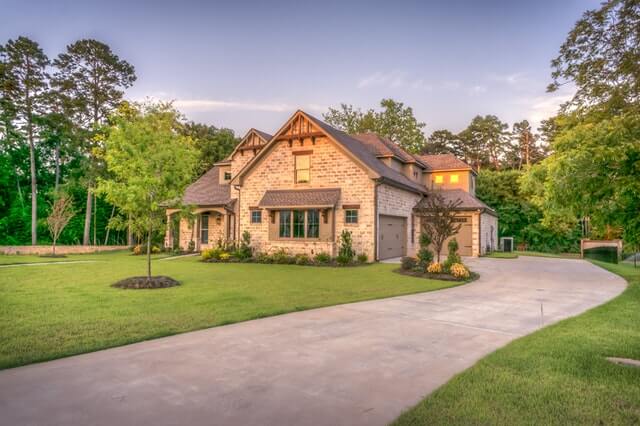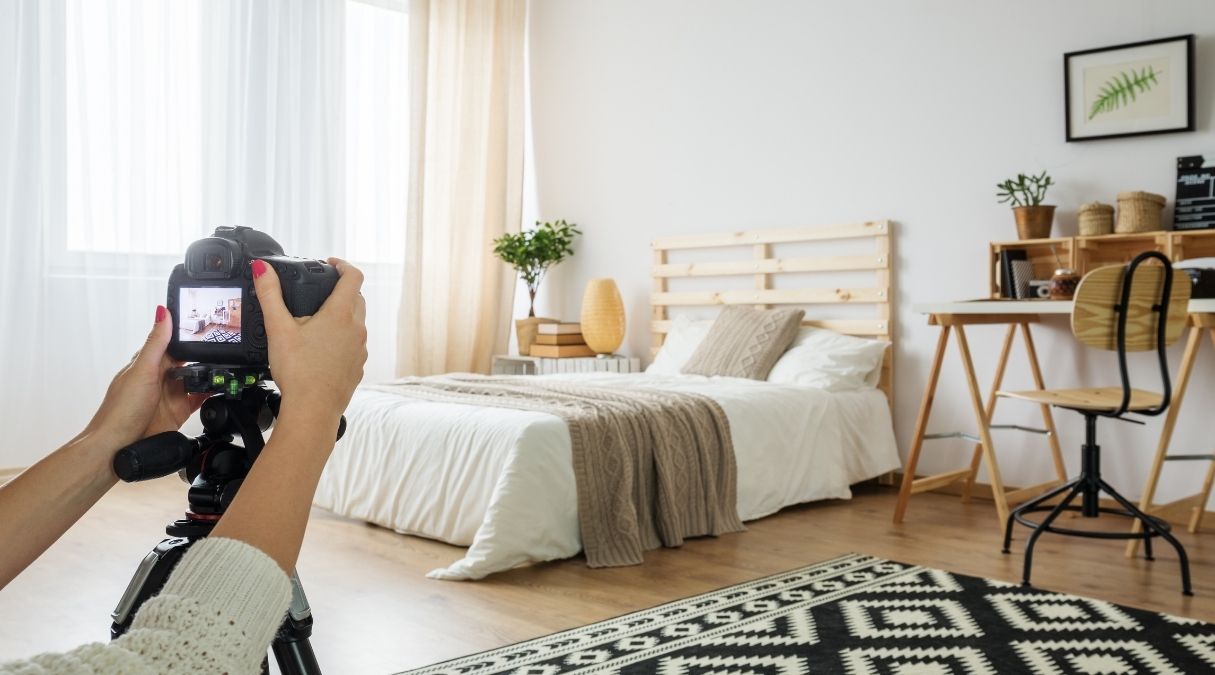
As a landlord, you must understand what normal wear and tear means. “Normal wear and tear” refers to the depreciation of property, furnishings, or appliances in your unit. These damages are not caused by tenant abuse.
Fixing wear and tear damages is your responsibility. That’s why you must be able to identity normal wear and tear vs. property damage.
In this post, we here at Real Canadian Property Management Solutions are going over everything you need to know about normal wear and tear!
How Do You Define Normal Wear and Tear?
As a general definition, normal wear and tear can be described as the natural deterioration of a property. In order to fully preserve your units condition, you would need to have nobody living in it, and that’s not what you want! So, in other words, normal wear and tear is inevitable!
You cannot use the tenant’s security deposit to repair minimal wear and tear as they are unavoidable in a rented unit. A deduction from a tenant’s security deposit can only be used for property damage.
Property Damage vs. Normal Wear and Tear
While the landlord is responsible for restoring the rental unit in the case of normal wear and tear, property damage is a whole other ballgame. Property damage is often caused by tenant negligence. As a landlord, you can use your tenant’s security deposit to fix the issues.
But what is the difference between property damage and normal wear and tear?

The following examples will help differentiate the two.
Normal wear and tear:
- A handful of nail holes in the wall
- Minor scrapes, dents, or chips to walls or flooring
- Worn-down carpets
- Sticking doors or warped cabinets
- Mold if the unit was not properly ventilated
- Scratches to enamel in toilets, sinks, or bathtubs
- Appliances that show signs of use
Property damage:
- Appliances that show signs of neglect or abuse
- Cracked mirrors
- Cracked or missing tiles
- Mold found in the kitchen or bathroom
- Broken windows or doors
- Severely marked-up floors
- Stains, burns or holes in carpets
- Wallpaper or paint that was done without the landlord’s consent
What is Considered Routine Maintenance?
Some things are considered “routine maintenance,” while other things are not.
As a landlord, you cannot deduct from a tenant’s security deposit for routine maintenance.
1. Cleaning
It’s common for landlords to hire professional cleaners to ensure the unit is sanitary for their new tenants. In this case, you cannot charge the previous tenant for cleaning costs as minor grime is expected. However, if the unit is left so dirty that it’s uninhabitable, you can charge your previous tenant.
Remember, if you’re expecting the tenant to clean the unit themselves prior to moving out, you must state this in the lease and provide a cleaning guide.
2. Carpet
As we mentioned previously, the condition of your rental unit’s carpet can either fall under normal wear and tear or property damage. If the carpet is damaged beyond repair, you can potentially charge the previous tenant for a replacement. On the other hand, if it was old and worn to begin with, you can’t charge extra to replace it. You also can’t charge the tenant for carpet steam cleaning.
3. Paint
It’s common practice among landlords to repaint their rental property between tenancies, especially if the previous tenant lived in the unit for multiple years. This painting is considered routine maintenance and is not the tenant’s financial responsibility.
However, if the tenant painted the rental unit without your permission or used a paint shade that you did not approve of, you can deduct this from their security deposit. You may also deduct from their security deposit if walls are excessively dirty.

4. Light Bulbs
Your rental unit must be equipped with functioning light bulbs.
Regular light bulbs tend to be the responsibility of the tenants, but long-lasting or fluorescent lights fall under the landlord’s responsibility. If these types of bulbs are broken, consider hiring help or replace them yourself as they could pose a danger to the tenant and land you in legal trouble.
How Long Are Appliances Meant to Last in a Rental Property?
All appliances come with a life expectancy. Air conditioning units, for example, are expected to last 10 years, while window shades last about 3 years.
If appliances are damaged before their life expectancy, then you may charge a portion of the replacement costs. However, if it’s past its life expectancy, it is considered normal wear and tear.
Taking Before and After Photos
If you find property damage and wish to deduct from your tenant’s security deposit, it may cause disputes and legal trouble.
To avoid problems, it’s a great idea to take photos of your rental property, both before the tenant moves in and after the tenant moves out. In doing so, you will have proof of the damage caused by the tenant, and it’ll be easier to deduct from their security deposit for the necessary repairs.

Bottom Line
When it comes to your rental property’s condition, property damage vs normal wear and tear can be hard to define. The difference between the two means having your repairs covered compared to shouldering the costs yourself.
Keep in mind that no aspect of your rental unit is meant to stay in pristine condition forever. Wear and tear is normal and inevitable. However, your property must also be treated with care and respect. If damages are caused by tenant negligence or abuse, then it’s property damage. Also, conduct a walk-through inspection to be sure of what came before or after move-in.
If you have any questions on wear and tear, property damage, or any other aspect of property management, Real Canadian Property Management Solutions is here to help! Contact us today to learn more about our services.